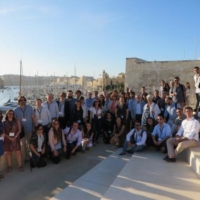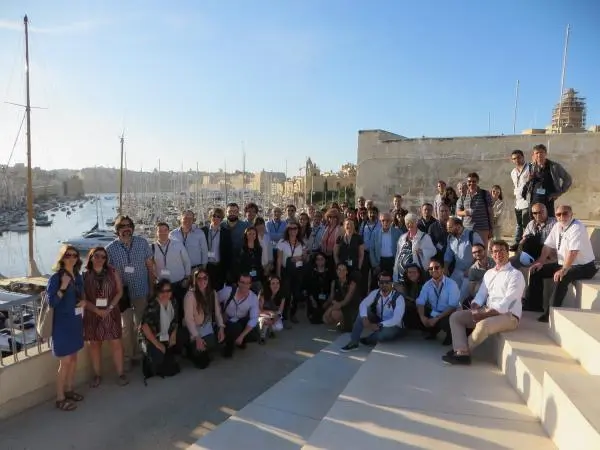What followed was impressive. At barely 28 years old, Conceicão became the youngest COST Action Chair ever, uniting the European MWI community with Vice-Chair Martin O’Halloran who was just 31 when he took up his post.
MWI is a cost-effective and non-invasive technology with much potential.
For example, unlike the current standard of care for breast cancer – X-ray mammography – MWI does not require breast compression, uses non-ionising radiation and has shown significantly better detection rates for tumours in dense tissue.
But what struck both Conceicão and O’Halloran was a lack of collaboration in the field and difficulties with testing promising developments on people.
To bridge this lab-to-clinic divide, they successfully launched a COST Action, propelling their personal careers and mastering age-related challenges.
“When we first started, we had to work on building a trust relationship with colleagues from many backgrounds and countries. As young researchers, we were not so experienced and had to learn how to prove ourselves while doing the best work we could,” Conceicão explains.
Together at the helm of the ‘Development of a European-based Collaborative Network to Accelerate Technological, Clinical and Commercialisation Progress in the Area of Medical Microwave Imaging’, they focused on training participants in clinical trials, as well as on how best to secure investment to launch products.
Their efforts paid off. The COST network expanded from 72 participants in 2013 to 255 in 2017, along with greater cooperation and more efforts to move MWI technology out of the lab.
Members of MiMed COST Action
A large number of MWI devices are currently undergoing clinical trials, with the possibility of some market launches within three to five years.
From postdoc to assistant professor
Now 33, Conceicão is an assistant professor at the University of Lisbon.
“I believe that COST Action on my CV helped me find a permanent position in Portugal at a difficult time,” she says, adding that COST also shifted herresearch focus. The Portuguese national is now concentrating on using MWI technology to detect metastasised lymph nodes in the underarm region.
O’Halloran, too, credits the COST Programme with professional advancement.
“COST has hugely shaped my career,” says the now 36-year-old senior lecturer in medical electronics at the National University of Ireland Galway.
“COST Action gives you a window into best practice,” adds the Irishman, who has secured a European Research Council grant and also runs a lab that helps start-ups develop technology to improve patient care. “That’s exactly what it did for us, as well as helping us to establish a really strong network of collaborators.”

